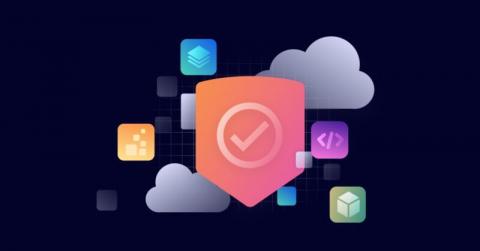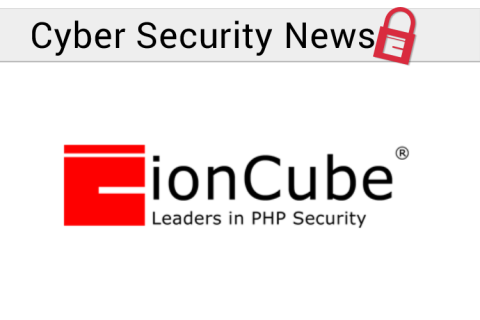Encryption at rest in Elastic Cloud: Bring your own key with AWS KMS
In the previous blog of this series, we unpacked the foundational concepts of encryption at rest and introduced you to Elastic Cloud’s “bring your own key” (BYOK) feature, which allows you to do encryption at rest with encryption keys managed by the KMS service of your cloud provider.











